Photo Gallery for Parapediasia teterrellus - Bluegrass Webworm Moth | 167 photos are available. Only the most recent 30 are shown.
|
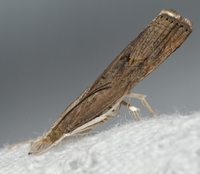 | Recorded by: Chuck Smith on 2023-09-27
Davidson Co.
Comment: | 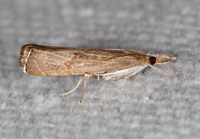 | Recorded by: Jim Petranka on 2023-09-10
Madison Co.
Comment: |
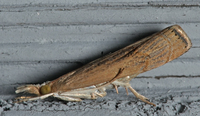 | Recorded by: Chuck Smith on 2023-09-05
Davidson Co.
Comment: | 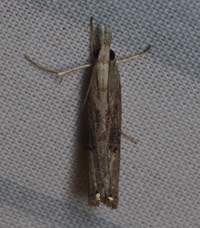 | Recorded by: Stephen Dunn on 2023-09-05
Orange Co.
Comment: |
 | Recorded by: David George, Jeff Niznik on 2023-09-04
Orange Co.
Comment: |  | Recorded by: Jim Petranka on 2023-08-30
Madison Co.
Comment: |
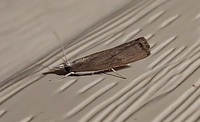 | Recorded by: Mark Basinger on 2023-08-30
Wilson Co.
Comment: | 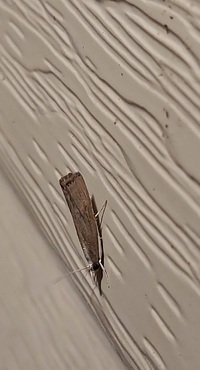 | Recorded by: Mark Basinger on 2023-08-30
Wilson Co.
Comment: |
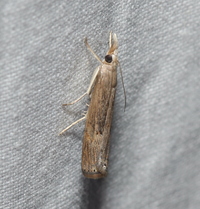 | Recorded by: David George on 2023-08-25
Orange Co.
Comment: | 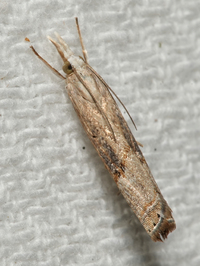 | Recorded by: Chuck Smith on 2023-08-17
Davidson Co.
Comment: |
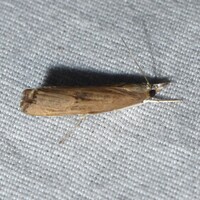 | Recorded by: David George, Jeff Niznik on 2023-08-16
Orange Co.
Comment: |  | Recorded by: Mark Basinger on 2023-08-14
Wilson Co.
Comment: |
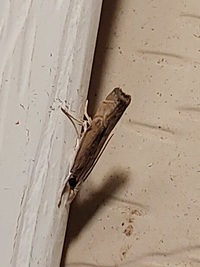 | Recorded by: Mark Basinger on 2023-08-14
Wilson Co.
Comment: | 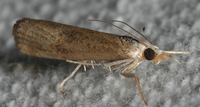 | Recorded by: Chuck Smith on 2023-08-01
Davidson Co.
Comment: |
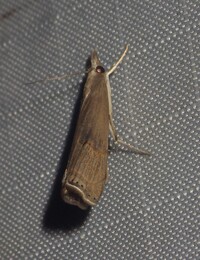 | Recorded by: Lenny Lampel on 2023-07-26
Mecklenburg Co.
Comment: |  | Recorded by: Jim Petranka on 2023-07-25
Madison Co.
Comment: |
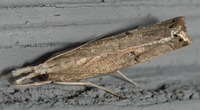 | Recorded by: Chuck Smith on 2023-07-16
Davidson Co.
Comment: |  | Recorded by: John Petranka on 2023-07-10
Person Co.
Comment: |
 | Recorded by: Chuck Smith on 2023-07-04
Davidson Co.
Comment: |  | Recorded by: Chuck Smith on 2023-07-04
Davidson Co.
Comment: |
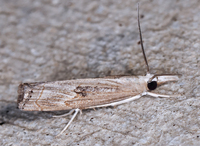 | Recorded by: John Petranka on 2023-06-06
Alleghany Co.
Comment: |  | Recorded by: Jim Petranka on 2023-06-05
Madison Co.
Comment: |
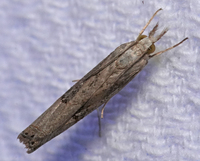 | Recorded by: Chuck Smith on 2023-06-03
Davidson Co.
Comment: |  | Recorded by: David George, Stephen Dunn, Jeff Niznik on 2023-06-03
Orange Co.
Comment: |
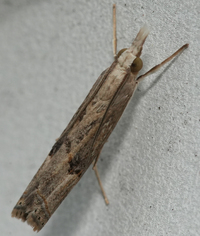 | Recorded by: Chuck Smith on 2023-05-22
Davidson Co.
Comment: | 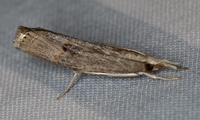 | Recorded by: Stephen Dunn on 2023-05-21
Orange Co.
Comment: |
 | Recorded by: Chuck Smith on 2023-05-20
Davidson Co.
Comment: | 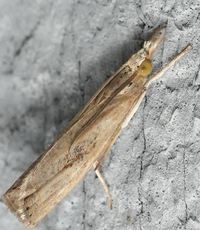 | Recorded by: Chuck Smith on 2023-05-19
Davidson Co.
Comment: |
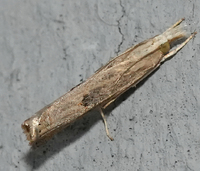 | Recorded by: Chuck Smith on 2023-05-18
Davidson Co.
Comment: | 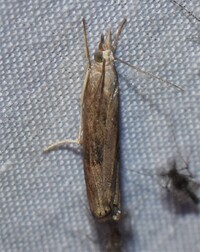 | Recorded by: David George, Jeff Niznik on 2023-05-17
Chatham Co.
Comment: |
|